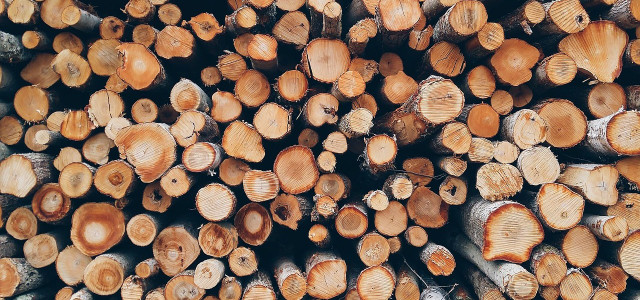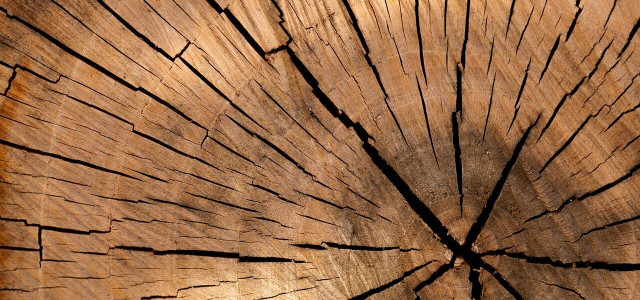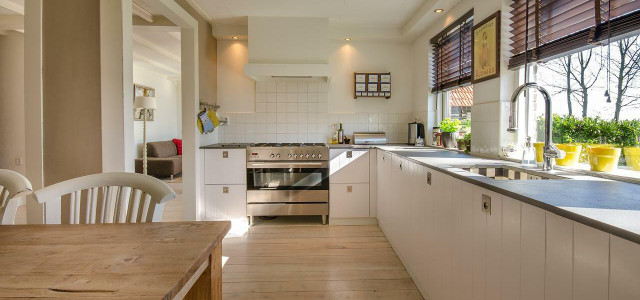Find out which is more eco-friendly: treated vs. untreated wood. Learn about the pros and cons of each option and make an informed decision for your next project.
Whether you’re doing your own woodworking projects around the house or considering hiring a professional, you may want to know whether treated vs. untreated wood is the best option. It depends on what you’re using the wood for; however, generally speaking, treated wood is more eco-friendly than untreated wood. Why is that? We’ll look at both types of wood to help you make an informed decision.
What Is Treated Wood?
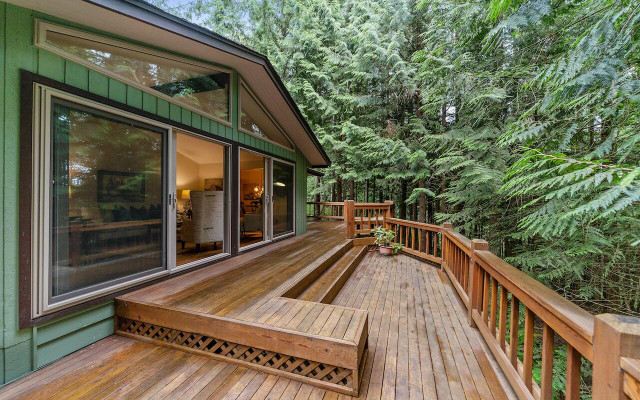
Treated wood has been treated with chemicals that protect it from damaging factors insects, decay and rot. There are a couple of ways it can be treated:
- Pressure-treated wood: Untreated wood, placed in a pressure chamber, is exposed to high pressure and chemicals. The wood absorbs those chemicals, making it more resistant to damage.
- Surface-treated wood: Untreated wood is brushed or painted with a sealant to protect it against penetration by moisture, decay and insects. This is the most common way to treat wood yourself. It’s different from staining, which changes wood’s pigmentation and appearance.
A few key indicators will indicate whether wood has been pressure treated. The first is the smell. Natural wood has only its original scent, while pressure-treated wood smells a bit oily — kind of like gasoline. The second indicator is the label. Wood and lumber labels have an alphanumeric code explaining how you should use it and what chemicals were used.
Note: Due to its high chemical content, treated wood should never be burned. Usually, this type of wood can’t be recycled, as it’s considered a construction material. That said, there are many ways to upcycle treated timber.
Treated vs. Untreated Wood: Benefits and Uses



Which wood you should choose depends on a variety of factors. We’ve listed both benefits to help you decide what’s best for you.
Treated Wood
- Treated wood is resistant to moisture, rot, termites and other insects.
- It requires less maintenance and doesn’t need to be replaced as often as untreated wood.
- It has a longer lifespan and can last up to 40 years when properly cared for, though high-traffic decking and flooring should be replaced every 10-15 years.
- Significantly more durable than untreated wood.
- Excellent for outdoor projects like decks, fences and playgrounds. In fact, treated wood is the best choice whenever a structure will come into contact with moisture or soil.
Untreated Wood
- It’s all-natural and retains the unique color and characteristics of the specific type of wood.
- Ideal for indoor use like furniture making and wall cladding since it won’t be exposed to the elements.
- Suitable for gardens as plants may take up the chemicals from treated wood, which is a problem for herb or vegetable gardens and edible flowers.
- Disposal is easier, and methods include burning and recycling.
Do Eco-friendly Treated Woods Exist?
You may be wondering if any treated wood is eco-friendly. The short answer is: maybe. TimberSIL is an alternative to wood preserved with heavy metals. It is infused with sodium silicate, a melted mix of sand and soda ash (or washing soda). Once treated, it’s baked in giant kilns to fuse its fibers with a flexible layer of glass.
However, it’s essential to be mindful that this product has faced heavy criticism since the company refuses to release test results or other data supporting its performance claims.
Treated vs. Untreated Wood: Treating Wood Yourself
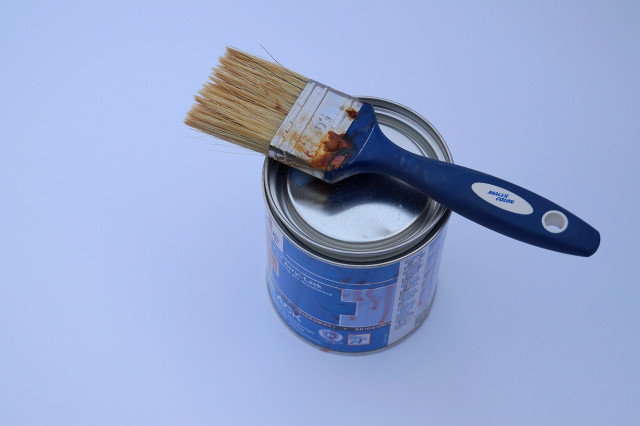


The only way to ensure treated wood is environmentally friendly is to treat the wood yourself using a surface-based sealant. There are natural wood preservers that can be applied to the outside of the timber to protect against insects and the elements.
To be deemed eco-friendly, natural wood preservers should use organic, non-toxic substances and materials, and be made without harmful chemicals and heavy metal compounds. They should be safe for humans, plants and wildlife, and have low — or no — volatile organic compounds (VOCs).
The best options for natural wood preservers include:
-
Eco Wood Treatment
- Can be used for timber indoors and out
- Comes in a water-soluble powder and can be painted, sprayed or brushed on
- One treatment is enough to last a lifetime
- Certified by Leadership in Energy and Environmental Design (LEED) and the Green Building Council
- Leaves a silvery patina
-
Valhalla LifeTime Wood Treatment
- Produced in Canada from a highly-guarded secret recipe passed down through generations
- Comes in a powder concentrate that has an indefinite shelf life
- Independent laboratory testing confirms that it creates no harmful residue in soils and water
- Suitable for outdoor use only
-
OrganoWood
- An eco-friendly wood sealer from Sweden
- Leaves a silvery patina
- Eco-labeled silicon product
- Suitable for outdoor use only
Read more:
- Homemade Deck Cleaner: The Eco-Friendly Method
- 8 Simple Tips for Clean Home Air — and Why You Need Them
- 6 Tips for Repairing Scratches on Wood Floors
Do you like this post?






